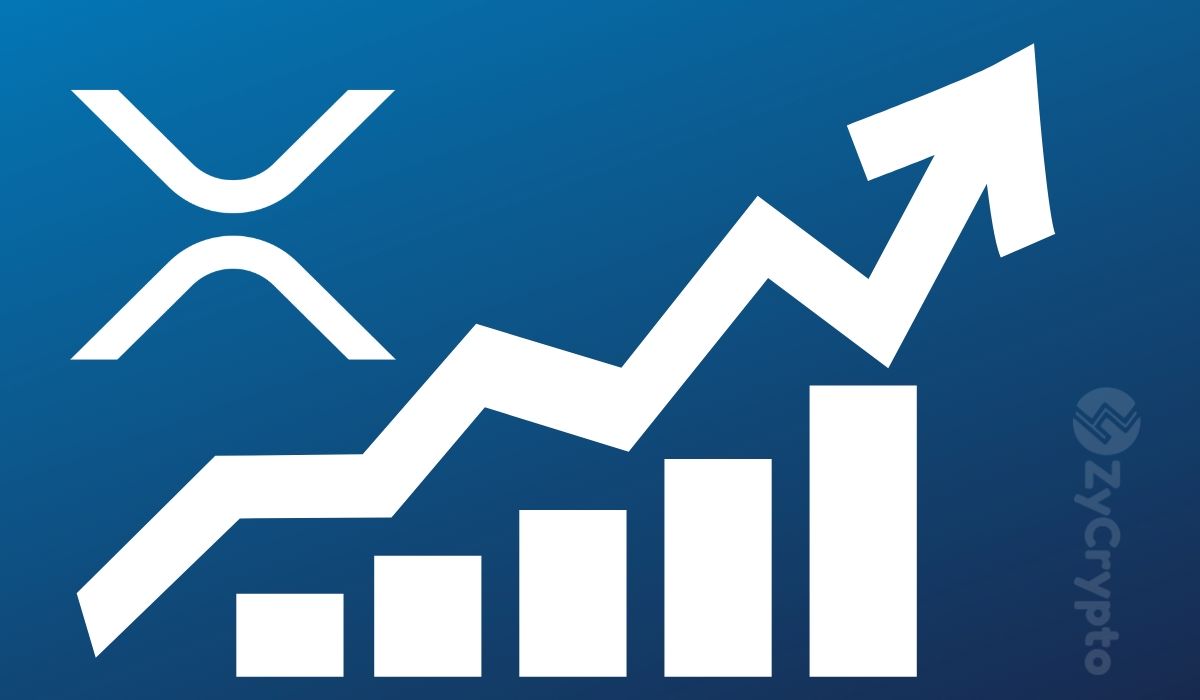The third-largest cryptocurrency in the world by market capitalization, XRP, has stirred so much controversy. The issues that surround the digital token stem from the fact that its market price does not equal its utility volume. This has created a lot of reactions from token holders, potential investors, analysts, and the general crypto community.
The digital asset’s price performance alters the Economic Law of Demand and Supply, which states that when demand is high, the price will be high. Its utility volume is higher than Bitcoin and Ethereum, but its price is lower than both. Besides being used privately in peer 2 peer transactions and traded on exchanges, it has more public use than the top two cryptos.
Ripple, the technology company supporting cross border payment processing and exchange has a major holding in XRP. Its platform RippleNet, enables it to network with over 300 financial institutions, worldwide. All the institutions in the Ripple network, which include banks and other payment processing companies utilize their decentralized financial tools to facilitate cross border payments.
These financial mechanisms like the On-Demand Liquidity (ODL) are integrated with the native token XRP, which enables all the banks and payment institutions networking with Ripple to utilize XRP.
This Births The Question, ”why does this large utilization not boost the price of XRP?”
Bitcoin, for instance, has large utility volume by individuals and organizations which boosts its price to perform higher than other digital assets. Ethereum is a public blockchain-based computing platform supporting smart contract functions, it’s a global platform for money and blockchain applications that enables developers and programmers to create decentralized applications. These features create a bulky demand for Ethereum and increase its price as well.
Unfortunately, the case is not the same for XRP, though it is highly utilized in the public sector by financial institutions in the Ripple network, its price performance has not improved, compared to BTC and ETH.
Why Investors Drawback On XRP?
Obviously, XRP is not highly demanded in the private sector, by individuals and organizations. This explains the drag in the price movement, investors are not ready to buy into it because of some issues that have been hitting hard on the asset’s performance.
XRP… Not A Commodity?
Whether XRP is a security or not has been an issue that has remained uncleared for some time now. Though this matter has been deliberately on by the regulatory commissions and the court, it is still not yet decided whether XRP should be classified as a security.
In a recent interview with Cheddar, Heath Tarbert, the chairman of the Commodity Futures Trading Commission (CFTC), said that XRP could be classified as a security by the Securities and Exchange Commission (SEC). He went further to explain that his commission shares a jurisdiction with the SEC that will enable them to determine whether XRP is a security or a commodity. If the token qualifies under CFTC jurisdiction, it will be classified as a commodity, if it does under SEC’s jurisdiction, then it is a security.
He explains that the commissions have been working together for over a year now to work out the jurisdiction under which XRP qualifies. He also pointed out Ethereum as the only digital asset that can be classified as a commodity because it falls within the CFTC jurisdiction.
Apparently, these hanging issues have kept major investors from buying into XRP.
Major Exchanges Repudiate XRP Listing
Major crypto exchanges have in the past turned down Ripple’s request to have XRP listed on their platforms. Some of these exchanges include Gemini and Coinbase which have also rejected Ripple’s loan offers as a condition for listing XRP on their platform. This is based on the US government warning that crypto exchanges should not list any token considered to be a security.
Just recently, Line-backed Bitbox exchange announced that it was delisting XRP from its exchange for failing to meet its terms for liquidity, performance, reliability and regulatory requirements.
Ripple’s Major Holding On XRP
Ripple has a major influence on XRP just as Whales do on Bitcoin price. Investors and analysts allege Ripple’s major control is the reason for the poor performance of XRP in the market. This claim is based on the fact that a large quantity of the XRP Coin is sold quarterly at the open market.
However, Ripple CEO, Brad Garlinghouse reacted to this in his recent speech. The CEO stated that his company is incapable of controlling XRP prices.
Some critics also came up to refute Mr. Garlinghouse’s claims. According to an analyst, Tone Vays, XRP token is highly centralized, primarily due to Ripple’s major control. In his tweet, he stated that Ripple has the authority to “give orders” that can stop anyone from utilizing the token.
These concerns hanging around XRP hinder investors who see it as ‘shady and unviable’. The effect draws down the movement of the XRP price. Its performance has not improved since 2018 when it hit its current all-time high price of $3.84. So far in 2020, the price has been springing back and forth.
Initially this year, XRP attempted to move up from its low of $0.19 to a high of $0.24 but was forced back to $0.20 and has been fluctuating between $0.20 and $0.23.







